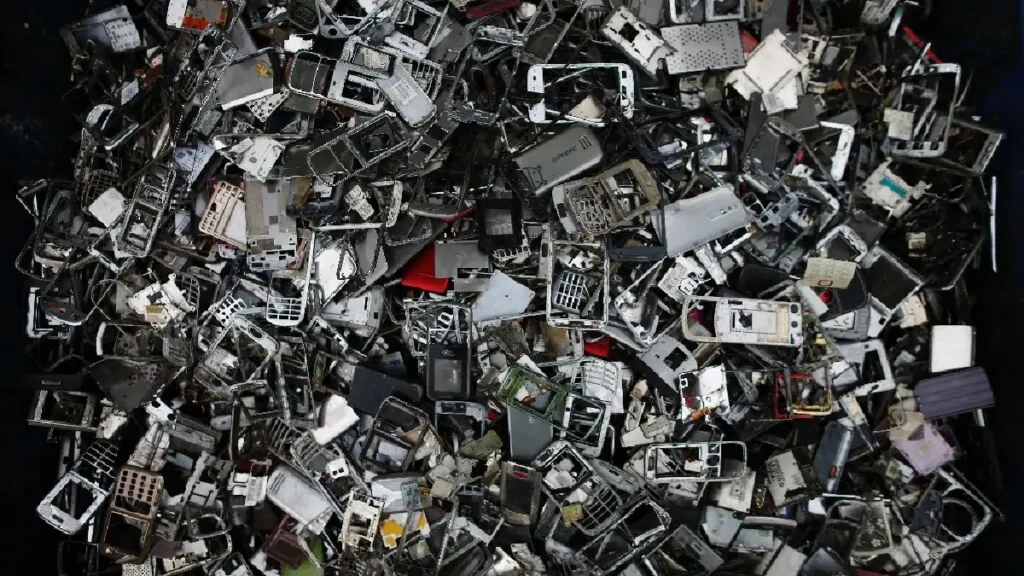Consumers worldwide discard or retain obsolete electronic devices containing critical raw materials valued at nearly $10 billion annually, according to a report by the United Nations. These discarded items, including toys, cables, electronic cigarettes, tools, electric toothbrushes, shavers, headphones, and various domestic gadgets, contain precious metals like lithium, gold, silver, and copper.
With the growing demand for these materials in the rapidly expanding green industries, such as electric vehicle battery production, there is a pressing need for responsible disposal and recycling. For instance, in Europe, copper demand is expected to multiply by six by 2030 to meet the increasing requirements in sectors like renewable energy, communications, aerospace, and defense.
However, these valuable materials often go to waste because they are categorized as “invisible” e-waste, either discarded or accumulating in homes instead of being recycled. The United Nations Institute for Training and Research (UNITAR) revealed that this “invisible” e-waste amounts to approximately nine billion kilograms annually worldwide, with the associated raw materials worth around $9.5 billion. This constitutes roughly one-sixth of the estimated $57 billion total for all e-waste in 2019. A significant portion of this waste comes from discarded toys, including race cars, talking dolls, robots, and drones, totaling 7.3 billion items annually. Notably, an estimated 844 million vaping devices discarded each year weigh as much as six Eiffel Towers.
Furthermore, the study identified a staggering 950 million kilograms of cables with recyclable copper being discarded in the last year, enough to circle the Earth 107 times. While Europe leads with a 55 percent recycling rate for electric and electronic waste, the global average drops to just over 17 percent. In some parts of South America, Asia, and Africa, recycling rates approach zero due to inadequate collection infrastructure. Although manufacturers have been responsible for waste collection and recycling in Europe since 2005, recycling rates remain inconsistent, primarily due to a lack of consumer awareness and information.

